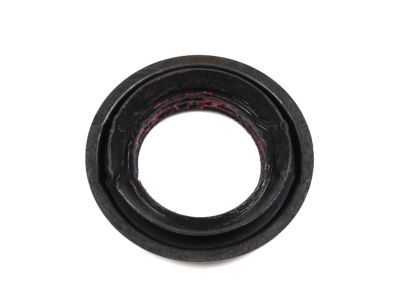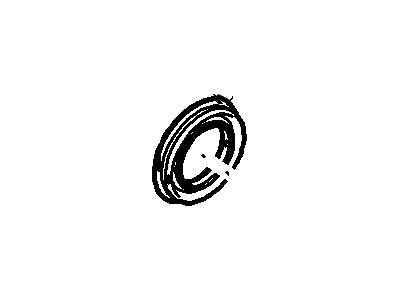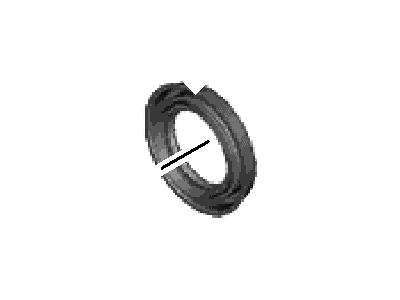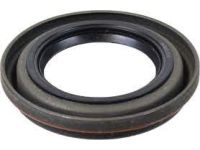

My Garage
My Account
Cart
Genuine Lincoln MKX Differential Seal
- Select Vehicle by Model
- Select Vehicle by VIN
Select Vehicle by Model
orMake
Model
Year
Select Vehicle by VIN
For the most accurate results, select vehicle by your VIN (Vehicle Identification Number).
3 Differential Seals found
Lincoln MKX Seal Assembly - Oil
Part Number: 8G1Z-4N046-A$21.95 MSRP: $32.08You Save: $10.13 (32%)Ships in 1-2 Business DaysLincoln MKX Seal Assembly - Oil
Part Number: 3L8Z-4N046-AA$21.95 MSRP: $32.08You Save: $10.13 (32%)Ships in 1-2 Business Days
Lincoln MKX Differential Seal
We provide a wide range of Lincoln MKX Differential Seal at the best prices possible. If you need Lincoln MKX Differential Seal, you can shop with confidence on our website. All our OEM parts come with a manufacturer's warranty and are delivered to your door step with a fast delivery service.
Lincoln MKX Differential Seal Parts Questions & Experts Answers
- Q: How to replace a pinion seal on a Lincoln MKX?A:Loosen the wheel lug nuts. Raise the rear of the vehicle and support it securely on jack stands. Block the opposite set of wheels to keep the vehicle from rolling off the stands. Remove the wheels. Disconnect the driveshaft from the differential companion flange and fasten it out of the way. Mark the relationship of the pinion flange to the shaft, then count and write down the number of exposed threads on the shaft. A flange holding tool will be required to keep the companion flange from moving while the self-locking pinion nut is loosened. A chain wrench will also work. Remove the pinion nut. Withdraw the flange. It may be necessary to use a two-jaw puller engaged behind the flange to draw it off. Do not attempt to pry or hammer behind the flange or hammer on the end of the pinion shaft. Pry out the old seal and discard it. Inspect the seal bore to ensure it is clean and smooth. Lubricate the lips of the new seal and fill the space between the seal lips with wheel bearing grease, then tap It evenly into position with a seal installation tool or a large socket. Make sure it enters the housing squarely and is tapped in to its full depth. Install the pinion flange, lining up the marks made. If necessary, tighten the pinion nut to draw the flange into place. Do not try to hammer the flange into position. Install a new pinion nut, then tighten it to the torque. The remainder of installation is the reverse of removal.













